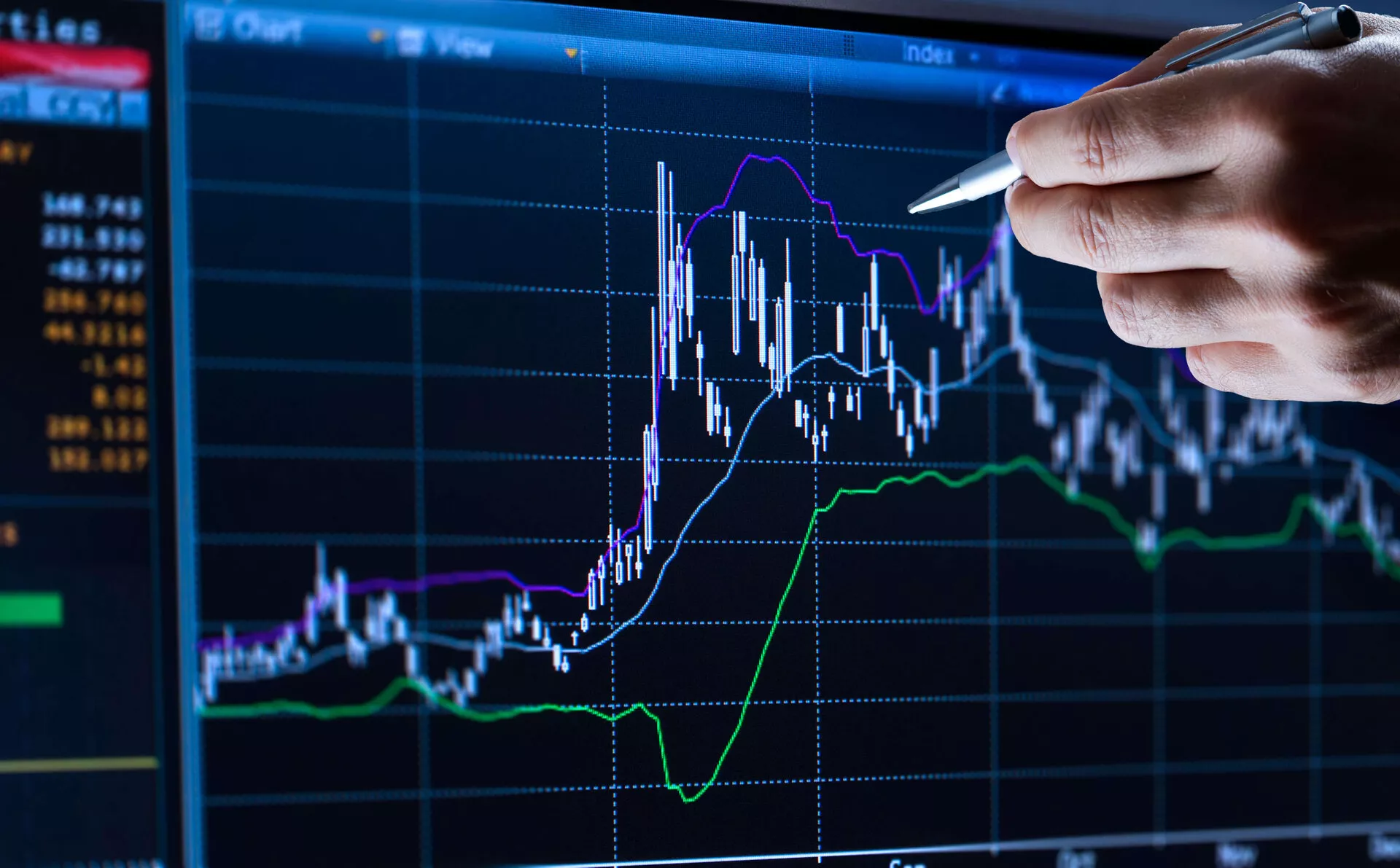
Weekly Update - Israël-Hamas: what does war mean for the markets?
Modest impact on financial markets so far. Hamas's attack on Israel pushed local markets down. The Israeli stock market lost nearly 7% and the currency around 2%. But outside the conflict zone, impacts on global markets remained modest. Remember that markets had already been jittery for weeks before the assault. September was notable for renewed pressure on interest rates, driving down bonds and risky assets across the board. Following the Hamas attack, we saw an uptick in gas and oil prices but nothing beyond the usual bounds of price volatility. At the same time, bond market yields eased this week in what looks like a classic flight-to-quality at times of geopolitical tensions. But, in our view, much of this easing was caused by the less hawkish tone coming out of central banks and was in fact good for equity markets in the leading developed economies, which made gains all week, underlining the modest impact of Hamas's assault so far.
Crude oil prices still the key indicator to watch. Impacts on global markets should remain modest as long as the conflict remains locally contained. If tensions were to spill over to other countries in the region, the consequences could prove much larger, notably via higher oil prices. However, the impact on the global economy of an oil price surge similar to what we saw after the start of the war in Ukraine would potentially be very different this time. Energy markets remain more stretched than they were when Russia invaded Ukraine, with US strategic reserves in particular still unusually low. Also, in 2022 developed economies were enjoying their post-Covid boom whereas now they are slowing down, due at least in part to monetary policy tightening. In these circumstances, an oil price shock could trigger both a fresh bout of inflation and a sharper economic slowdown. That said, it is worth recalling that oil producers –Saudi Arabia first and foremost – would have a stake in capping excessive prices to avoid a slump in demand.
We remain confident in our strategic balance between equities and fixed income. We first took this stance in a climate of high economic and financial uncertainty, and this highly diversified allocation seems to serve us equally well now that geopolitical risks are on the rise. Our Overweight to the United States markets also seems to offer some insurance should turbulence intensify as the US is first choice in terms of flight-to-quality. Obviously, we remain highly vigilant, and ready to react to any changes in the situation.
Regarding the main economic data and events of the week, we decided to talk about the IMF’s annual meeting and its new economic forecast and the inflation results in the United States.




